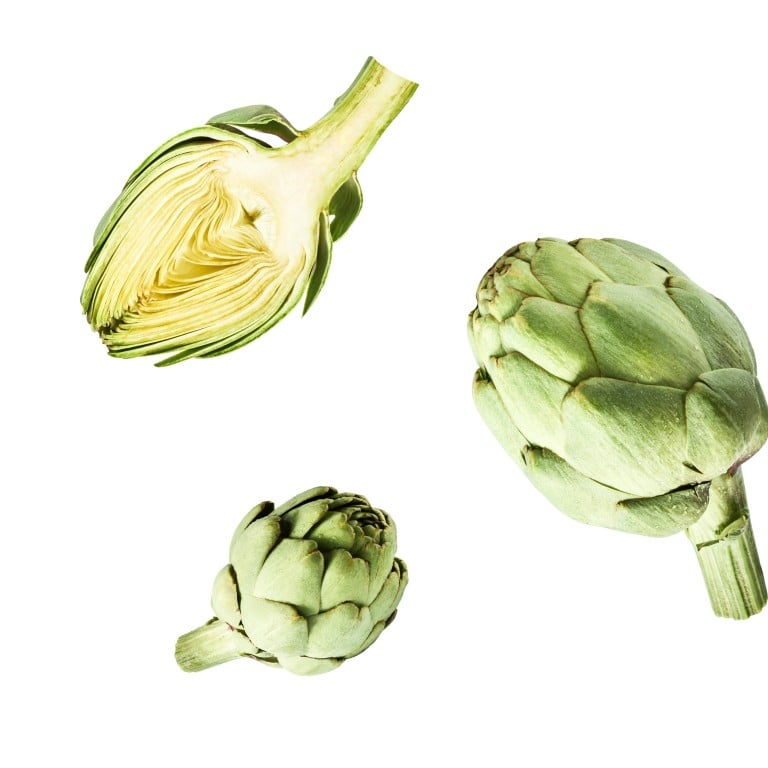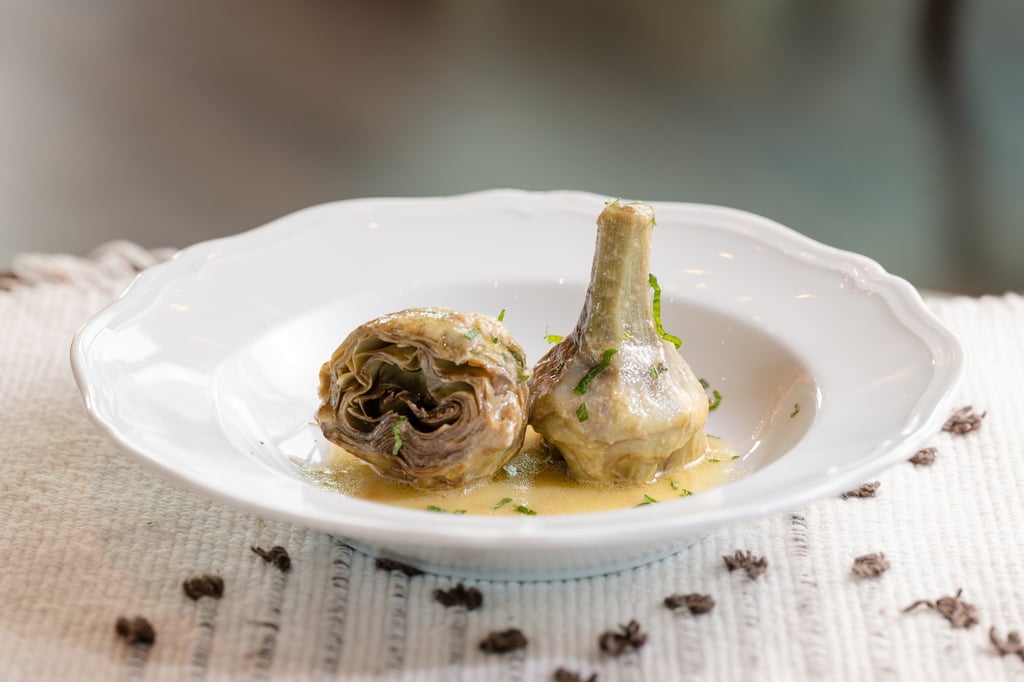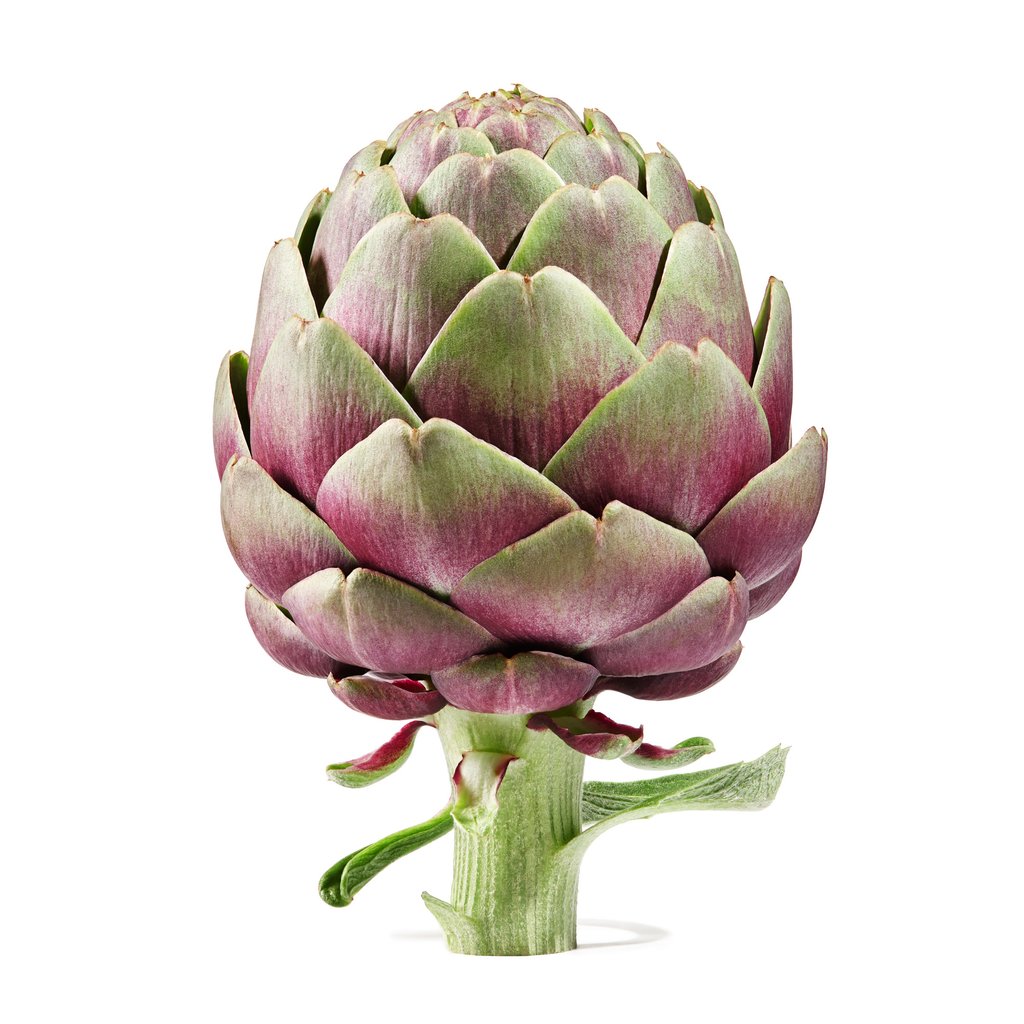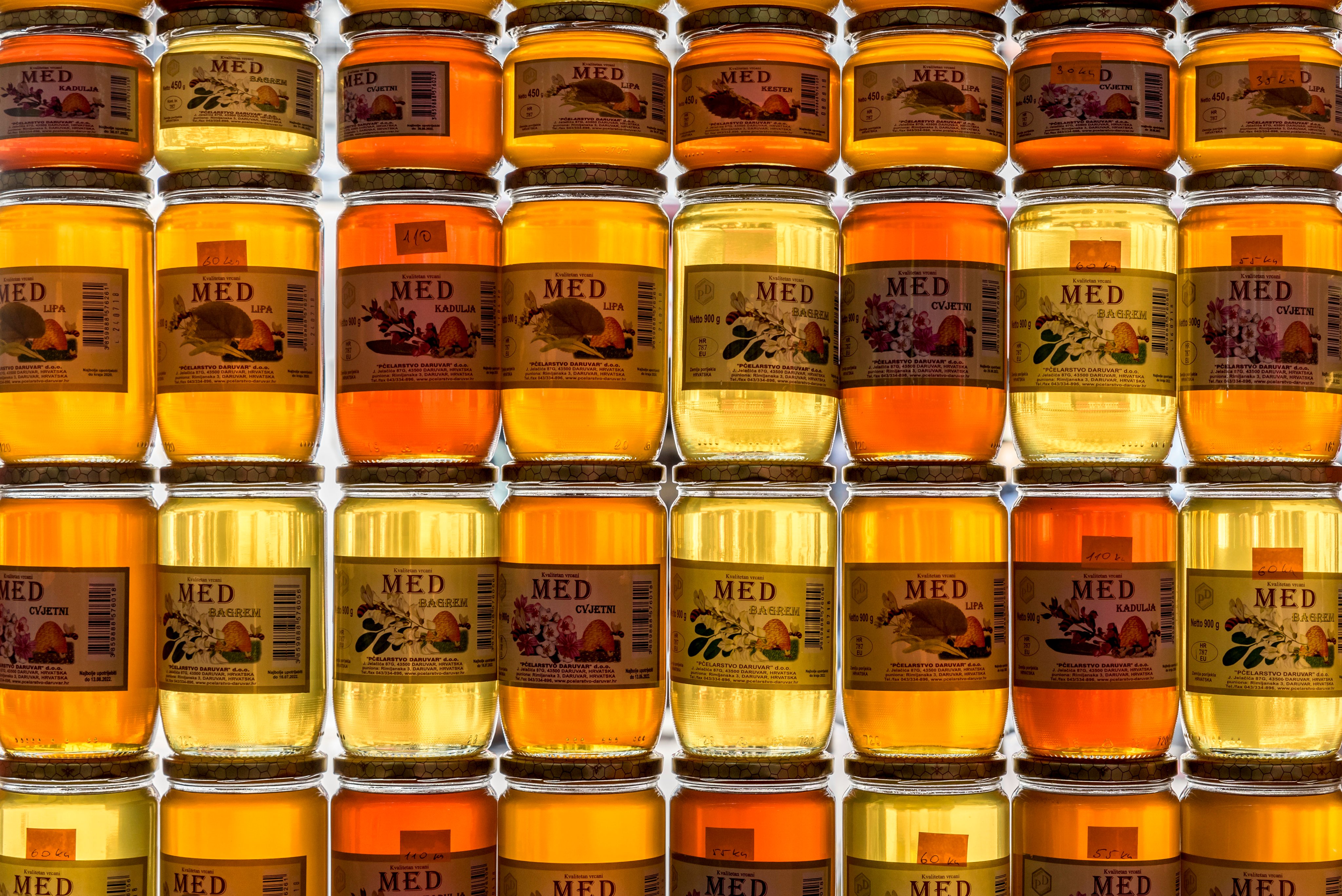The art of the artichoke: the secret to cooking this amazing vegetable, prized for its versatility and complex flavours, and captivating both home cooks and Michelin-starred chefs

Don’t be intimidated by its appearance: find out what top chefs at Ama Ristorante and Amber in Hong Kong, and Published on Main in Vancouver, love about artichokes, and their favourite ways to cook them
The vegetable is actually a flower, originating in the Mediterranean. Once prepared, it is very versatile and can be steamed, pan-fried, deep-fried or even eaten raw when in season.
For those who want to avoid the tedious preparation, frozen and canned artichoke hearts are available for instant gratification, used to elevate dips, pastas and salads. For chefs though, having fresh artichokes on the menu is a point of pride.

Paolo Monti grew up in Rome eating and later cooking artichokes. The chef and co-owner of Ama Ristorante in Wan Chai can wax lyrical about artichokes, and says the flower has mercurial properties.
“If you handle a raw artichoke with your fingers and then lick them, they will taste bitter. But if you eat an artichoke and then drink some water, you’ll think the water tastes sweeter. So the artichoke is very tricky,” he says.
In Italy, when artichokes are in season during the spring, Monti says they are shaved raw, and mixed with lemon juice, Parmesan cheese and olive oil for an artichoke salad, or thinly sliced and tossed in lemon juice and olive oil, and placed atop beef carpaccio.

Usually associated with Easter, the chef describes a traditional seasonal Roman dish that pairs artichokes with pan-fried lamb heart, liver and lung, cooked together in white wine.
At Ama, Monti likes to serve artichokes deep-fried, adding just olive oil and salt. This makes them light and crunchy, somewhat like potato chips – but with the added caramelisation, they taste sweet.









